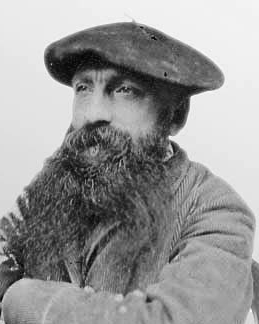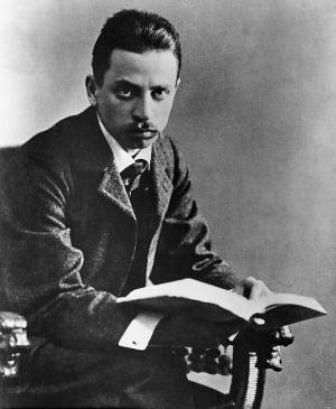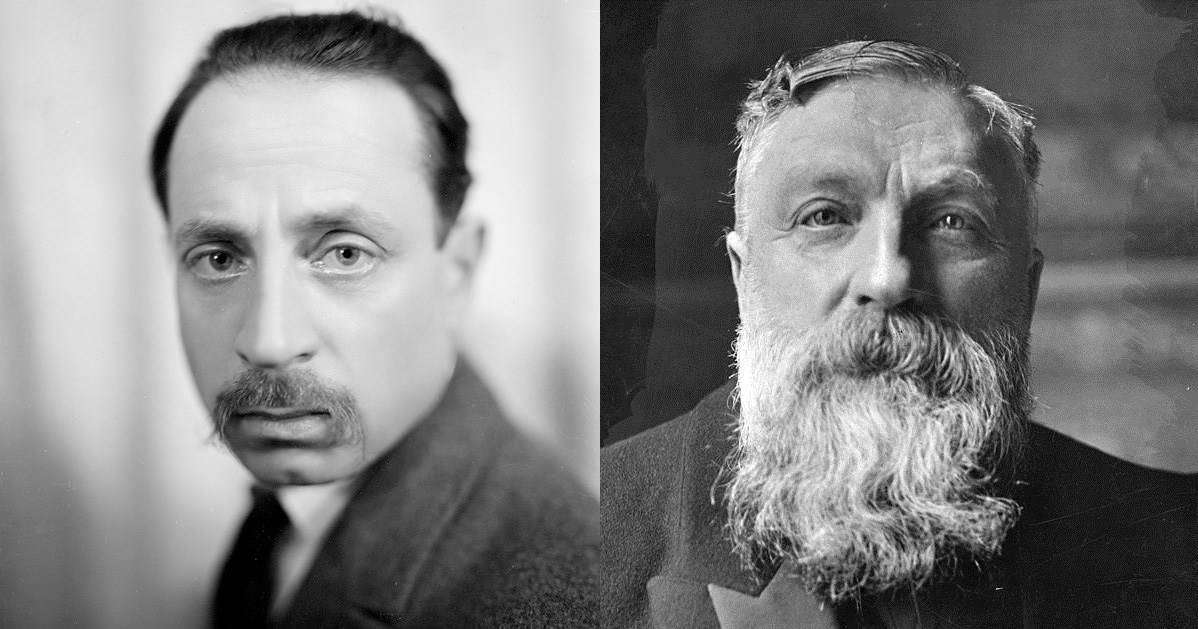You Must Change Your Life by Rachel Corbett
What's It About?
Rachel Corbett has made an art of writing history.
The author, art journalist and editor won the 2016 Marfield Prize for her book You Must Change Your Life: The Story of Rainer Maria Rilke and Auguste Rodin. The book documents the relationship between Rilke and Rodin, the former a famous poet and novelist, the latter a French sculptor known for his works like The Thinker, and The Gates of Hell. The unlikely pair first met when Rilke traveled to Paris in 1902 to write a monograph on Rodin, and became friends instantaneously. After reading a French translation of Rilke’s book, Rodin even hired him as his secretary. The relationship between the two was one that has to be read about to be believed, and Rachel Corbett evokes empathy, compassion and imagination in every word of her writing.
Booktrib was lucky enough to get an interview with the author, where we talked about Rilke and Rodin, the women in their lives, and Rilke’s poetry.
Booktrib: How did you first come across the story of the relationship between Rilke and Rodin?

RC: Someone told me once years ago that Rilke worked as a secretary to Rodin and I thought that was just the strangest pairing of personalities I’d ever heard of. So I researched it a bit and discovered that it was during Rilke’s years with Rodin in Paris, between about 1902 and 1908, that he wrote the Letters to a Young Poet. So I thought to myself, how much of the legendary advice might this 26-year-old aspiring writer have actually gotten from Rodin? A lot, it turned out.
Booktrib: You bring each and every person in this book so completely to life – Rilke and Rodin, of course, but also Clara Westhoff, Camille Claudel, Lou Andreas-Salomé. Was it difficult to draw from history and texts to make these historical figures so completely accessible to a modern audience?
RC: I was lucky in that the secondary characters were often entirely fascinating themselves. The women, particularly in Rilke’s life, weren’t just muses, but were also accomplished artists in their own right: Clara Westhoff, Lou Andreas-Salome, Paula Modersohn-Becker. And of course Rodin’s great love, the sculptor Camille Claudel. This was also helpful on a practical level because there is far more biographical information available on these figures than, say, Rodin’s wife, Rose Beuret, who was a seamstress and later his assistant. It was difficult to get a sense of who she really was.
Booktrib: Let’s talk about the title for a moment: “You must change your life” is the last line in Rilke’s poem, Archaic Torso of Apollo. Was there a particular reason that you chose this line to be the title?

RC: It’s a poem that Rilke wrote about a headless sculpture of Apollo during the years he was working for Rodin and studying the artist’s practice. Rilke wanted to apply the principles of visual art to his own poetry, which he felt was light and insignificant compared to the mighty stone statues of Rodin. So in this poem he takes the process of art observation as his subject and begins to examine the Apollo statue. In doing so he discovers that it’s not only the artist who forms the work but the work that forms the artist. In the final line of the poem, the statue says to Rilke, “you must change your life.” I thought that this dramatic turn also expressed how Rilke was himself becoming an artist in his years with Rodin.
Booktrib: Is there anything about Rilke or Rodin, their relationship, or their lives that you would have liked to have known, but just couldn’t find source text or material on?
RC: I would have loved to know more about what Rodin thought of the book that Rilke wrote about him. We know that he generally approved of it because he wrote Rilke a short note calling it trés belle, but I wonder what he really thought? Did Rilke get it right? Rodin wasn’t as big of a letter writer as Rilke was so we know much less about his inner life, which remains a big source of intrigue for me.
Booktrib: How did you first get into art journalism?
RC: I always felt like there was a bit of a gap between great writers who were scared of art (and the overly academic language so often used to describe it) and great art historians who were not necessarily writers. I try my best to help bridge this divide and, hopefully, make art more accessible to the world around it.

Booktrib: You’ve previously worked as the Executive Editor of Modern Painters, and are currently the Deputy Editor of artnet News. Is there any advice you would give to others who either want to go into the art world, or write about art?
RC: I’d suggest reading Letters to a Young Poet for inspiration but not taking it too seriously as a guide—except for this bit of advice in the first letter:
“Don’t write love poems; avoid those forms that are too facile and ordinary: they are the hardest to work with, and it takes a great, fully ripened power to create something individual where good, even glorious, traditions exist in abundance. So rescue yourself from these general themes and write about what your everyday life offers you.”
You Must Change Your Life: The Story of Rainer Maria Rilke and Auguste Rodin is available for purchase now.
For more information on the author, please visit her website at rachel-corbett.com, or her twitter.
Buy this Book!
Amazon





